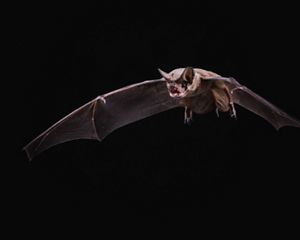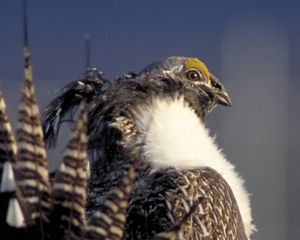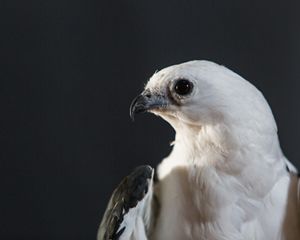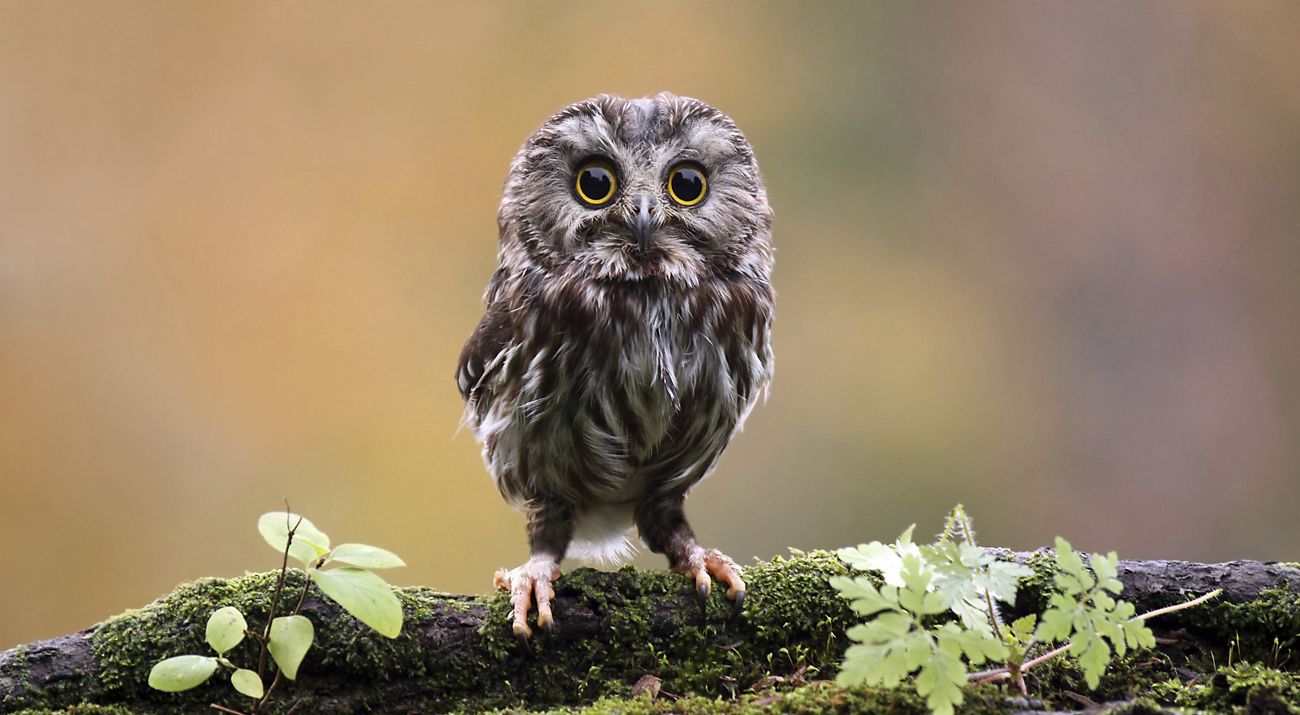
Owls
There are more than 200 species of owls and TNC is working strategically to protect owls and owl habitat around the world.
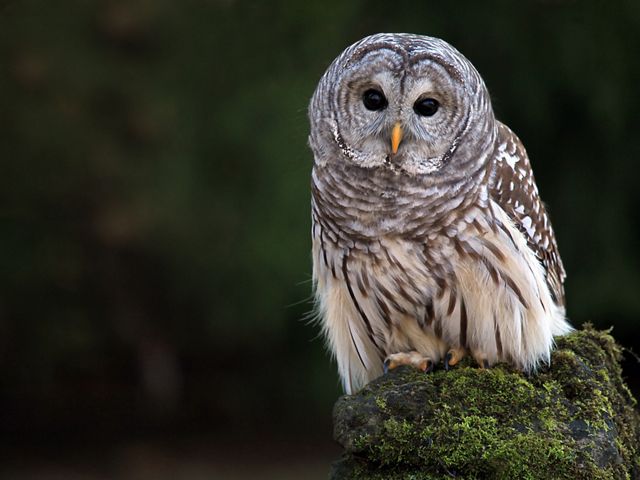
Owl Fast Facts
Class: Aves
Scientific name: Strigiformes
Conservation status: Varies
Lifespan: On average, 9-10 years in the wild, but varies by species
Wingspan: From 10.5 inches (Elf owl) to 75 inches (Eurasian eagle-owl and the Blakiston's fish owl)
Meet the Owl
There are more than 200 species of owls dispersed around the world. Mostly nocturnal, owls are predatory birds which accounts for their hooked beaks and sharp talons. Owls range in size and so, therefore, do their prey. Many eat small rodents, while larger owls can take down small deer and foxes.
Owls breed seasonally so that chicks are hatched when food is plentiful. The number of eggs laid by owls depends upon the specific species but all owls produce white eggs.
One of the most well-known characteristics of owls are their calls. These calls are used to protect territory and attract mates. Owls are often very territorial, so large connected habitats are essential for most owl species to thrive.
Owl Species
With over 200 species, owls can come in all shapes and size. Click the image to learn about these owls!
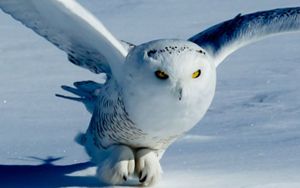
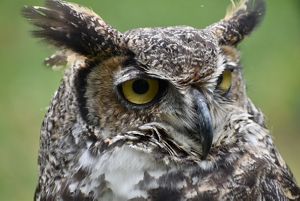

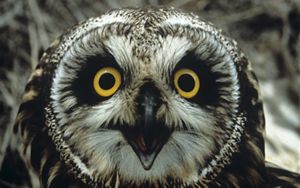


Snowy Owl: These owls have a wingspan of 4-5 ft. © Capture Minnesota Mark Nicholson

Great Horned Owl: The most widely distributed owl in the Americas. © lwolfartist on Foter/CC BY \

Barred Olw: These owls don't migrate and stay very close to home! © Shutterstock

Short-eared Owl: These owls typically roost close to, or on the ground. © Guy Bonnivier/The Nature Conservancy

Burrowing Owl: These owls take over holes dug by other animals to nest © Bob Gress
Protecting Owls
The Nature Conservancy is working throughout the world to protect owls and owl habitat. A few examples of these efforts include:
We are helping tag and track snowy owls in Cape May, New Jersey as part of Project SNOWstorm. Other species of owls are being banded in Pennsylvania.
In Washington, we’re protecting spotted owl habitat by conserving old growth forest.
With a broad coalition of partners, we’re finalizing a conservation strategy that reaches across more than 13 million acres of the Thunder Basin and northward into Montana, which includes burrowing owl habitat.
